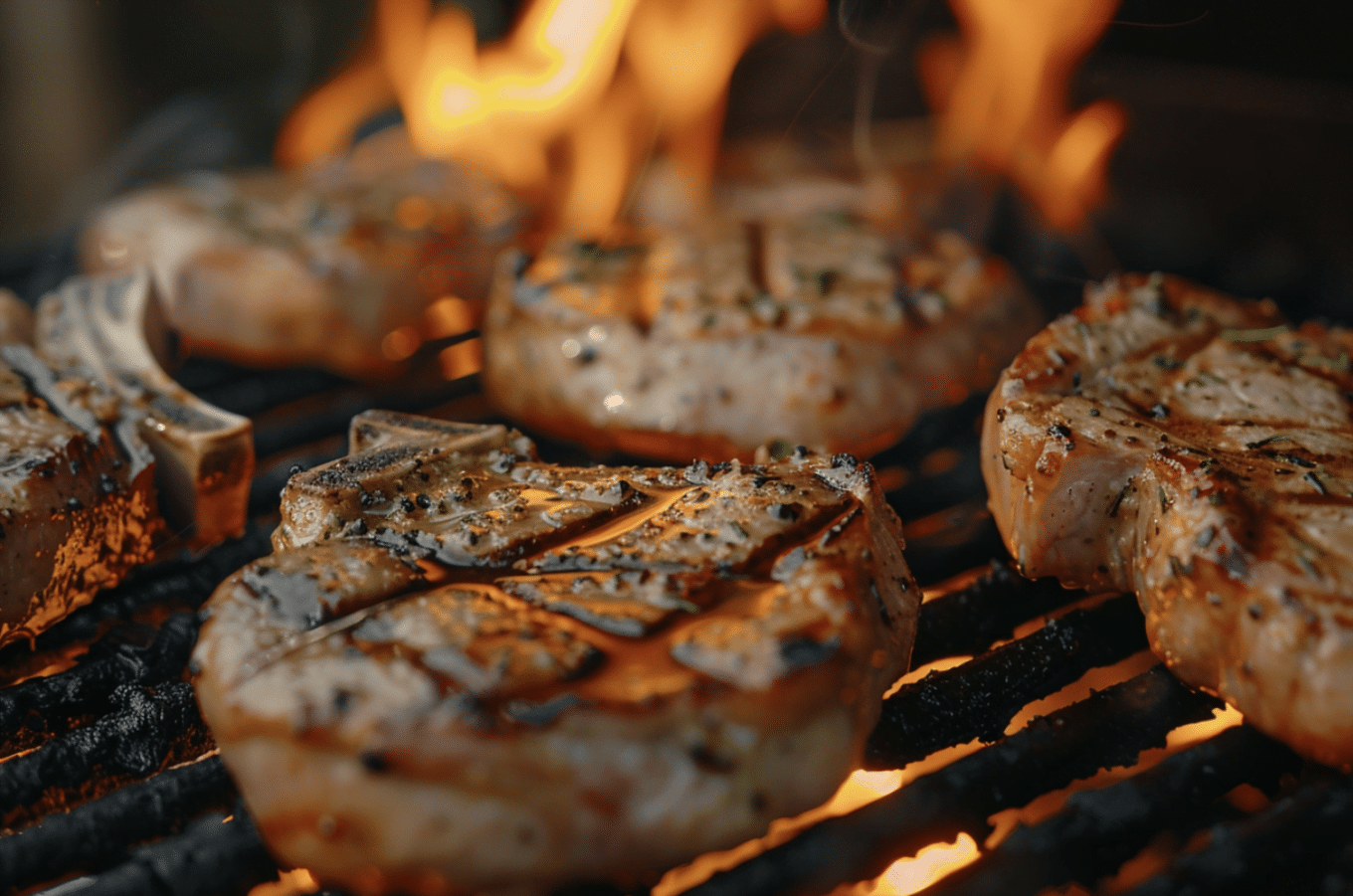Tired of tough, dry pulled pork? You’re not alone.
Smoking a pork butt can be challenging, especially when it comes to nailing the perfect time and temperature.
But what if we tell you you can achieve juicy, tender pulled pork every time?
In this blog post, we’ll dive into the secrets of smoking a 10lb pork butt to perfection.
You’ll discover the ideal temperature range and duration to ensure mouth-watering results that will have your family and friends begging for more.
Say goodbye to the guesswork and hello to the most delicious pulled pork you’ve ever tasted!
Preparation Essentials for The Pork

1. Choosing the Right Cut
- Bone-In vs. Boneless: When smoking a pork butt, opt for bone-in cuts. The bone helps retain moisture and enhances flavor during the long cooking process. Boneless cuts work well, too, but may require extra attention to prevent drying out.
- Selecting the Perfect Size: A 10lb pork butt serves 12-16 people, making it ideal for gatherings and ensuring tasty leftovers. Adjust the size based on your crowd and desired servings.
2. Seasoning for Success
- Keep It Simple: Start with a basic blend of salt, pepper, and optional mustard or BBQ rub. These essentials lay the foundation for a flavorful pork butt.
- Elevate Your Flavors: Layer seasonings to experiment with complex flavor profiles. Create a custom rub or apply a marinade for a deep, rich taste.
Equipment and Setup Required for Smoked Pork

The Right Tools
- Smoker Options: Choose between a pellet smoker, offset smoker, or charcoal/gas grill. When selecting your equipment, consider temperature control, ease of use, and desired flavor.
- Preparing Your Smoker: Set up your smoker or grill for a consistent temperature. Select wood chips, such as hickory or apple, that complement pork for optimal smoke flavor.
Temperature and Time Guidelines
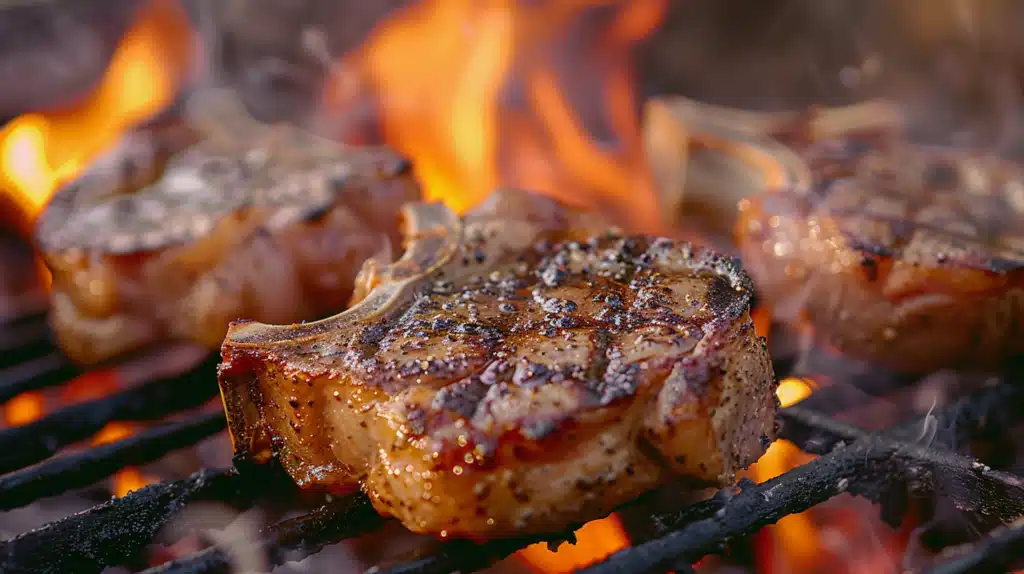
Smoking a pork butt is a slow and rewarding process that requires patience and attention to detail.
First, set your smoker to a temperature range between 225°F and 250°F. This low-and-slow approach is crucial for breaking down the fat and connective tissues in the pork butt, resulting in a tender and flavorful final product.
Once your smoker has reached the desired temperature, place the pork butt fat side up on the grill. This placement allows the fat to render slowly and naturally baste the meat throughout the cooking process. Make sure the pork butt is positioned centrally and not directly over the heat source to ensure even cooking.
During the initial smoking phase, the pork butt should smoke for approximately 1 to 1.5 hours per pound at the set temperature. For example, a 10-pound pork butt would require around 10-15 hours of smoking time.
However, remember that this duration can vary based on the specific characteristics of your smoker and external conditions.
To achieve the perfect doneness, regularly monitor the internal temperature of the pork butt using a reliable meat thermometer. The goal is to reach an internal temperature between 195°F and 205°F, the optimal range for tenderness.
Adjust the air vents of your smoker to maintain a stable temperature throughout the cooking process. Opening the vents will increase the temperature while closing them slightly will reduce it. Be mindful of external factors like wind and ambient temperature, which can affect the smoker’s heat.
As a general rule of thumb, smoking a pork butt takes about 1 to 1.5 hours per pound at a steady temperature of 225°F to 250°F.
However, using this as a guideline rather than a strict rule is essential, as multiple factors can influence the cooking time. These factors include the meat’s fat content, the efficiency of your smoker, external weather conditions, and how often you open the smoker’s lid. Pork butt with a higher fat content may require more time to render down completely.
While the USDA recommends a minimum internal temperature of 145°F for safe pork consumption, pulled pork requires a higher temperature to achieve the desired tenderness.
Aim for an internal temperature between 195°F and 205°F, as this range allows the collagen within the meat to break down effectively, enhancing flavor and texture.
Monitoring and Adjusting
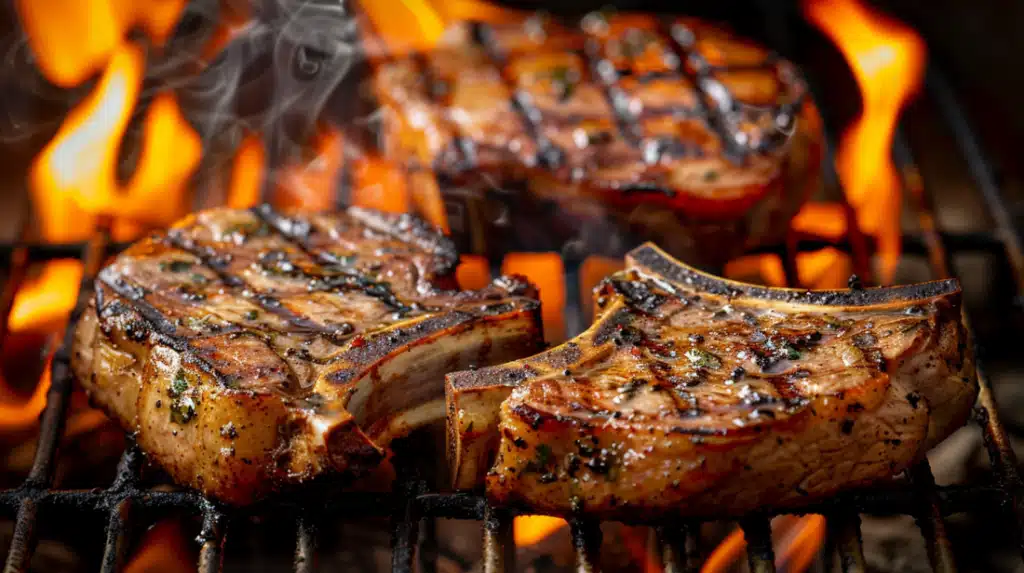
- Checking for Doneness: Use a meat thermometer for an internal temperature of 195-205°F. This ensures both safety and optimal tenderness. Minimize opening the smoker to maintain consistent heat.
- Wrapping for Moisture: Wrap the pork butt in foil or butcher paper once it reaches the stall. This helps retain moisture and can reduce cooking time.
Post-Cooking Practices
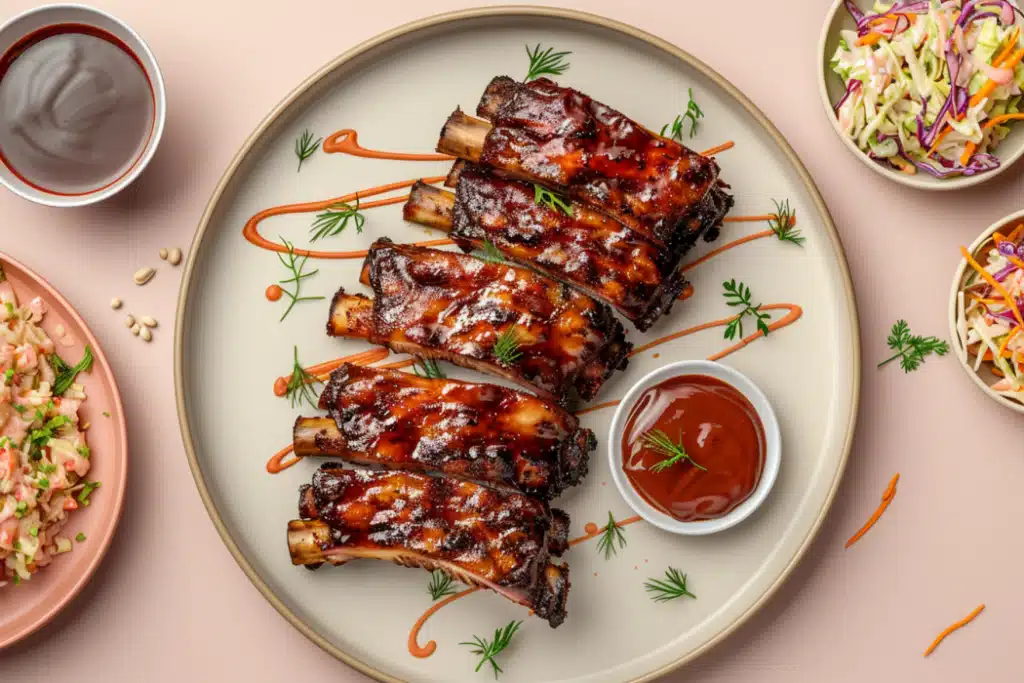
- Let It Rest: After smoking, let the pork butt rest for at least 30 minutes. This allows the juices to redistribute, enhancing flavor and tenderness.
- Serving Suggestions: Serve pulled pork in sandwiches, tacos, or salads. Pair it with complementary sides and sauces, like coleslaw or BBQ sauce, for a complete meal.
Grilling Tips You Never Knew: Elevate Your BBQ Game
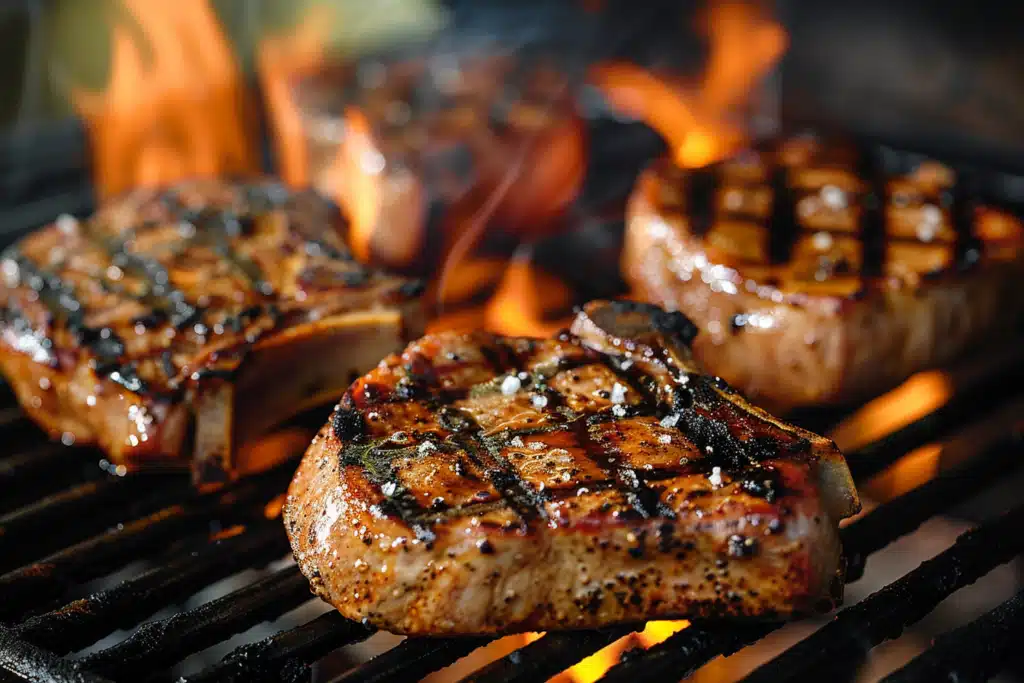
Grilling is more than just a cooking method; it’s an art form that celebrates the joy of outdoor cooking.
Whether you’re a backyard BBQ enthusiast or a seasoned grill master, there’s always room to learn new tricks to elevate your grilling game.
Here are some lesser-known grilling tips that might surprise you and help you achieve that perfect barbecue every time.
1. Preheat Your Grill with an Onion
Forget chemical cleaners or excessive scrubbing. Next time you fire up the grill, cut an onion in half and use a fork to rub the cut side down over the heated grates.
The onion’s natural juices help clean and season the grill, preventing food from sticking without chemical sprays.
2. Add Herbs Directly to Charcoal
To enhance the flavor of your smoked meats, toss fresh herbs like rosemary, thyme, or basil directly onto your charcoal.
As the herbs burn, they release flavorful smoke that infuses the meat with a delicious, herbaceous aroma. This works wonderfully with milder meats like chicken or fish that readily absorb flavors.
3. The Two-Zone Fire
Master the art of indirect grilling by setting up a two-zone fire. Arrange coals on one half of the grill for direct heat and leave the other half coal-free for indirect heat.
This setup allows you to sear food over direct heat and then move it to the cooler side to finish cooking without burning.
It’s perfect for thicker cuts of meat that need longer cooking times.
4. Check Doneness with a Potato
Determining whether your grill is at the right temperature can be tricky.
A simple potato can help. Slice a potato in half and place its cut side down on the grill. If it takes about one minute to brown, your grill is hot. If it takes a few minutes, it’s medium; if it takes longer, your grill is too low.
This method provides a visual clue without the need for fancy equipment.
5. Bring Meat to Room Temperature
To ensure your meat cooks evenly, remove it from the fridge and let it sit at room temperature for 15 to 30 minutes before grilling.
Cold meat can cook unevenly, with the exterior burning before the interior is done. Room-temperature meat also absorbs seasoning better, enhancing its flavor.
6. Rest Your Meat
Always let your meat rest for a few minutes after grilling. This allows the juices to redistribute throughout the meat, making it juicier and more flavorful when cut. Cover it loosely with foil to keep it warm during this time.
Wrapping Up
Smoking a 10lb pork butt to perfection is all about mastering time and temperature.
By selecting the right cut, using proper seasoning techniques, and maintaining a low, steady temperature, you’ll achieve a tender, flavorful result that will impress your guests.
Remember, patience is key when smoking large cuts of meat. Trust the process, and don’t rush it. The reward will be a juicy, fall-apart pork butt that’s perfect for any occasion.
So, fire up your smoker, grab a cold drink, and get ready to enjoy some of the best-pulled pork you’ve ever tasted.
Frequently Asked Questions
Is It Better to Smoke a Pork Shoulder at 225 or 250?
Smoking pork shoulder at 225°F results in more tender meat, but 250°F reduces cooking time. Choose based on your preference for texture and convenience.
Should the Pork Shoulder Be Smoked, and Should the Fat Side Be Up Or Down?
Smoke pork shoulder fat side up. This allows the fat to baste the meat as it renders, keeping it moist and flavorful.
How Often Should I Spritz My Pork Shoulder?
Spritz your pork shoulder every hour after the first 2-3 hours of smoking to maintain moisture and encourage bark formation. Use apple juice or apple cider vinegar.
Why Put Mustard on Pork Shoulder?
Mustard acts as a binder for the dry rub, helps form bark, and adds flavor to the pork shoulder. The mustard taste doesn’t remain after cooking.
Do You Rub Salt on Pork?
Yes, salt is a key ingredient in dry rubs for pork. It enhances flavor and helps create a savory crust on the meat’s surface.

